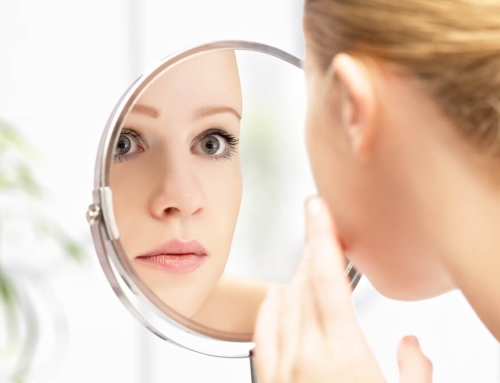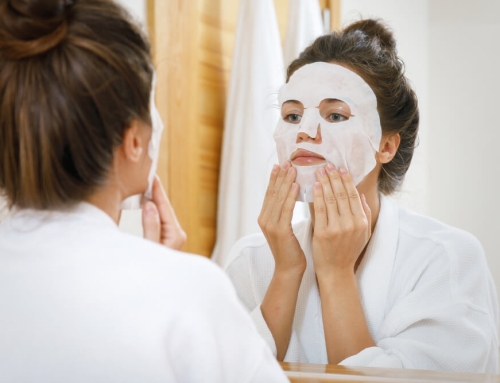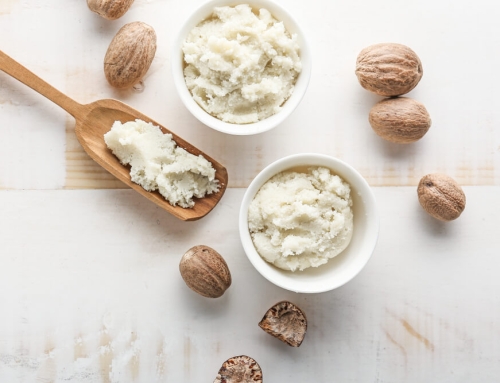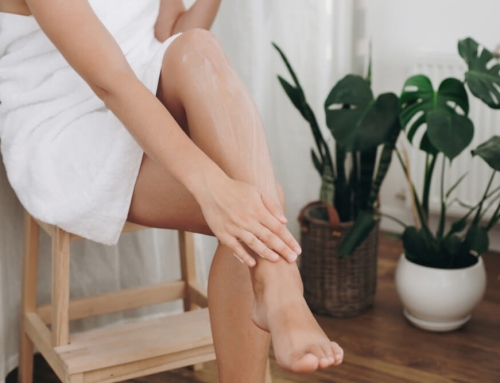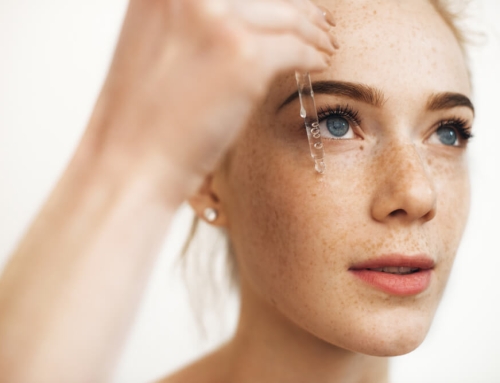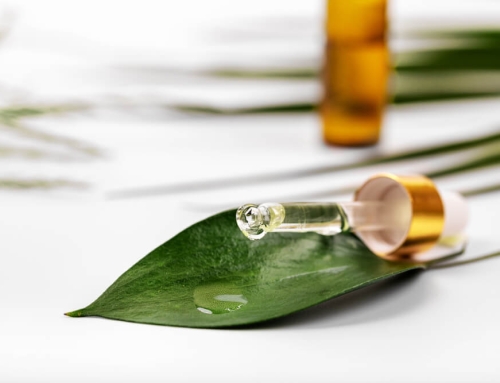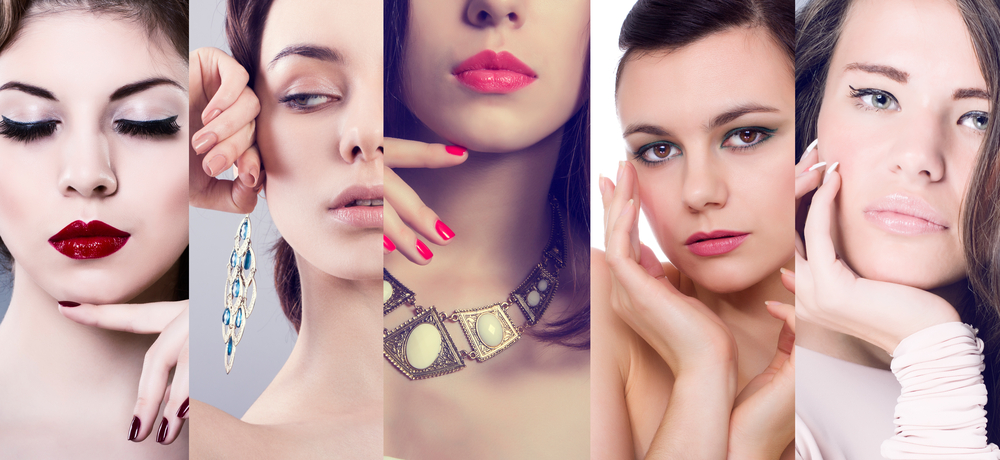
No matter how many skin care products you buy, you won’t be able to enjoy their full benefits unless you have tailored them to your skin type. However, determining your skin type on your own can be difficult, and although OROGOLD would usually recommend that you visit a dermatologist for an accurate assessment, we have a few tips that can help you to begin to understand your skin type.
Signs of Normal Skin
The normal skin type is actually quite rare, but those that are lucky enough to have it would experience minimum skin problems. With a radiant complexion, minimal pore visibility, and very few imperfections, this is the skin type that we all seem to strive for!
Signs of Oily Skin
If your face often tends to feel and look quite moist and shiny, then that is a sign of oily skin. The height of this would be at around mid-day, as this is usually when oil production is at its peak. Those with oily skin will commonly experience clogged pores, which then lead to frequent breakouts, from blackheads to whiteheads and from pimples to zits.
Signs of Dry Skin
Those with dry skin tend to already know it, as you would experience a rough and dull complexion, as well as itchy or cracked patches that become much worse when exposed to drying factors, such as a dry climate or indoor heating. Dry skin has less elasticity than other skin types, which means that wrinkles and fine lines will be much more visible.
Signs of Sensitive Skin
Again, those with sensitive skin are likely to already know it, because this skin type easily reacts to a wide range of products, and it is likely that you will need products that have been specifically designed for sensitive skin, such as the OROGOLD Lielle Collection. Sensitive skin also flushes very easily, and can quickly develop red patches, eczema, rosacea, and other skin conditions.
Signs of Combination Skin
Combination skin is one of the trickiest to care for, as it can be dry, oily and normal all at the same time, but on different parts of your face. If you have an oily T-zone but are dry on other parts of your face, then it is likely that you have the combination skin type.
The Tissue Test
One quick way to learn more about your skin type is by gently wiping a tissue over your face first thing in the morning. Those with oily skin would immediately be able to see spots of facial oil on the tissue, and if these have only come from certain parts of your face, then you probably have combination skin. Those with dry skin would have no patches of oil on the tissue, but your face is likely to feel quite flaky and tight after you have wiped it.
Unless your skin care products have been designed for your specific skin type, you won’t be able to achieve the healthiest complexion possible. Although these tips are great for getting an initial idea of what your skin type may be, OROGOLD invites you to drop into your nearest OROGOLD store, where one of our trained beauticians will be able to give you more in-depth information and advice on your skin.

